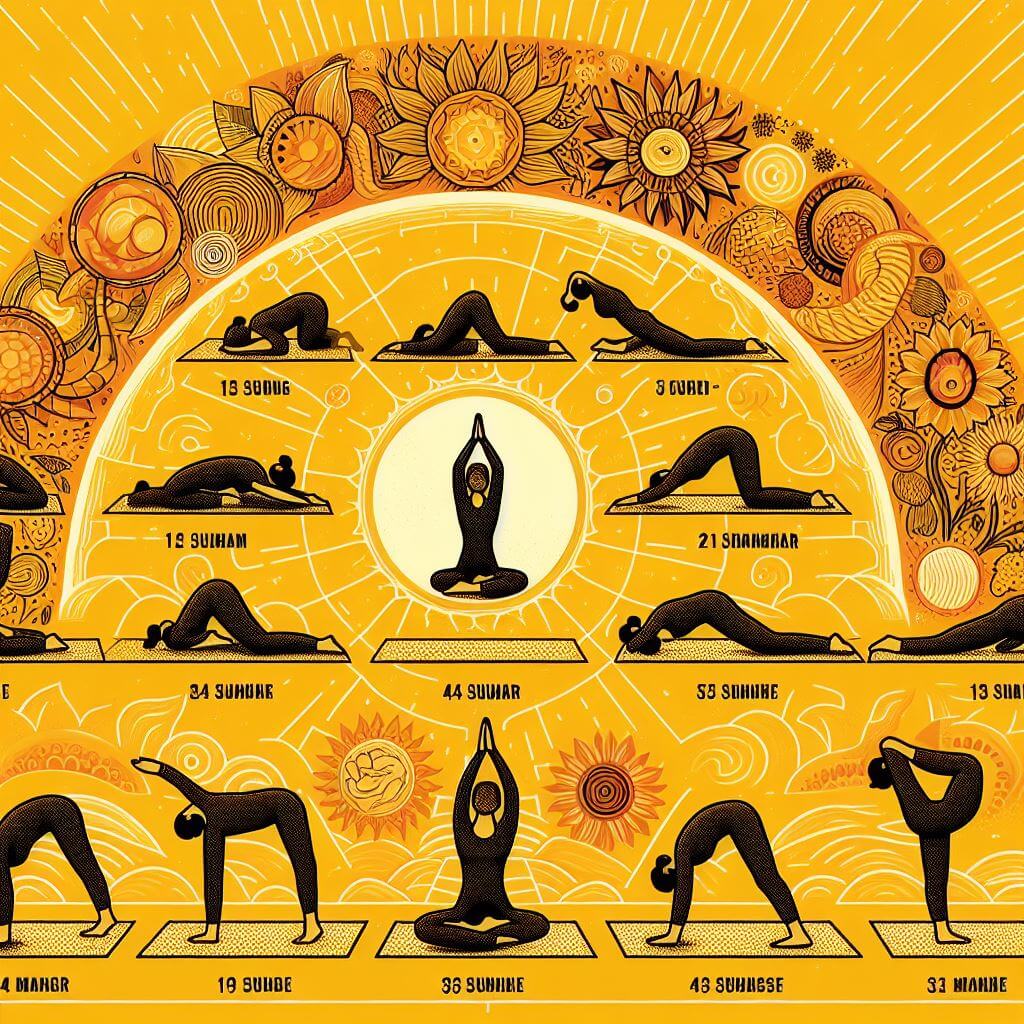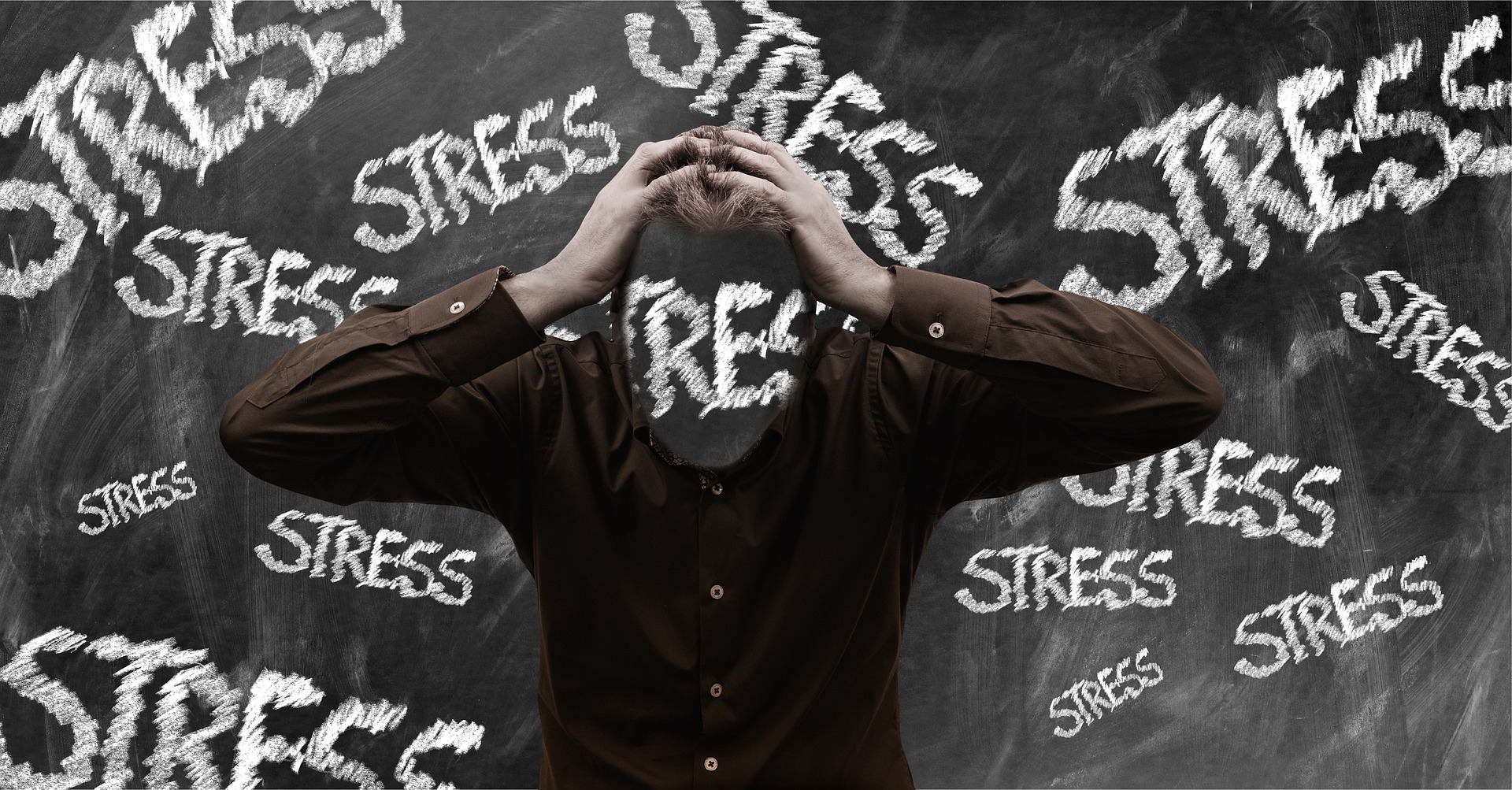In physiology, dehydration is a lack of total body water, with an accompanying disruption of metabolic processes. It occurs when free water loss exceeds free water intake, usually due to exercise, disease, or high environmental temperature. Mild dehydration can also be caused by immersion diuresis, which may increase risk of decompression sickness in divers.

Overview on dehydration
Most people can tolerate a 3-4% decrease in total body water without difficulty or adverse health effects. A 5-8% decrease can cause fatigue and dizziness. Loss of over 10% of total body water can cause physical and mental deterioration, accompanied by severe thirst. Death occurs at a loss of between 15-25% of the body water. Mild dehydration is characterized by thirst and general discomfort and is usually resolved with oral rehydration.
Signs and symptoms
The hallmarks of dehydration include thirst and neurological changes such as headaches, general discomfort, loss of appetite, nausea, decreased urine volume , confusion, unexplained tiredness, purple fingernails, and seizures. The symptoms of dehydration become increasingly severe with greater total body water loss. A body water loss of 1-2%, considered mild DH, is shown to impair cognitive performance. While in people over age 50, the body’s thirst sensation diminishes with age, a study found that there was no difference in fluid intake between young and old people. Many older people have symptoms low water in body. It contributes to morbidity in the elderly population, especially during conditions that promote insensible free water losses, such as hot weather. A Cochrane review on this subject defined water-loss dehydration as “people with serum osmolality of 295 mOsm/kg or more” and found that the main symptom in the elderly (people aged over 65) was fatigue.
How much water should you drink
Most people need to drink roughly half of their weight (in pounds) in ounces. For example, a 200-pound adult needs approximately 100 ounces of water each day. Of course, your water needs will increase with any physical activity.
The U.S. National Academies of Sciences, Engineering, and Medicine determined that an adequate daily fluid intake is: About 15.5 cups (3.7 liters) of fluids a day for men. About 11.5 cups (2.7 liters) of fluids a day for women.

Correct way of drinking water
While sitting. “Avoid drinking water while standing as it can have an adverse effect on your kidneys, and can even lead to arthritis. Sitting while drinking water allows your body to better filter the nutrients and direct the water to areas that need nourishing, rather than going directly into your stomach with a force, as it does when standing. Also, we typically drink water a lot faster while standing, which brings your nerves into a state of tension,” she explained.
Sit Down to Drink Water Rather than Standing
It is a good idea to always sit and drink water rather than standing. By standing and drinking, you disrupt the balance of fluids in the body and this may lead to a greater accumulation of fluids in the joints causing arthritis. By sitting and drinking, your muscles and nervous system is much more relaxed and helps the nerves to digest food and other fluids easily. Your kidneys also pace the filtration process while sitting.
Ayurveda suggests that is a healthy habit to drink water first thing in the morning, which is known as Ushapan. It helps get rid of many diseases in the body. Drinking water in the morning helps in flushing all the toxins in the body and cleanses your intestines.
Your body sends signals to you when it is in dire need of water. Ayurveda emphasizes on drinking water only when you feel thirsty. Every person has a different body, hence, drinking the same amount of water cannot be recommended to everybody. The body cannot absorb too much water intake; therefore it is imperative to know the thirst cues your body gives you. Measure your own drinking system without feeling too full.


